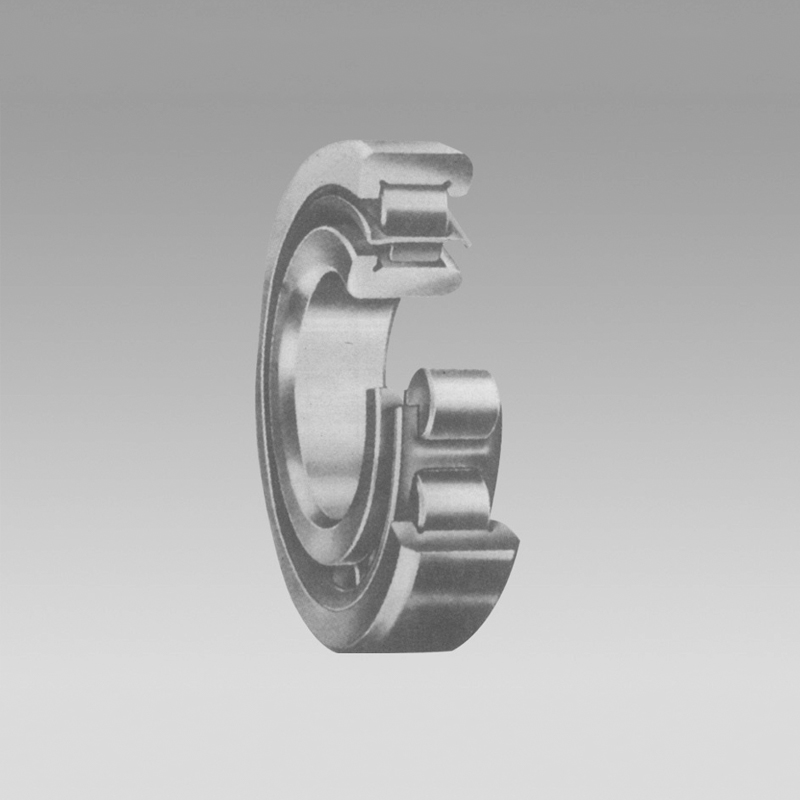
Nov . 10, 2024 05:39 Back to list
Understanding the Functionality and Applications of Deep Groove Ball Bearings
Understanding Deep Groove Ball Bearings
Deep groove ball bearings are amongst the most widely used types of rolling bearings, characterized by their simple design, durability, and versatile application across various industries. The primary function of a deep groove ball bearing is to reduce friction between moving parts and to support radial and axial loads. These bearings are utilized in a myriad of applications ranging from electric motors and household appliances to automotive components and industrial machinery.
Design and Structure
The fundamental design of a deep groove ball bearing comprises four main components the inner ring, outer ring, balls, and a cage (or separator). The inner and outer rings have a deep groove that provides a raceway for the balls. This design allows the balls to align themselves in a manner that accommodates both radial and axial load directions. The cage plays a crucial role in maintaining consistent spacing between the balls, reducing friction, and enhancing the overall performance of the bearing.
Typically, these bearings are made from high-quality steel with various coatings to improve performance under specific environmental conditions. Some deep groove ball bearings also incorporate seals or shields to protect against dust and moisture, which can significantly extend their lifespan.
Operational Features
One of the remarkable features of deep groove ball bearings is their ability to operate at high speeds due to the low friction generated between the balls and the raceways. This makes them ideal for applications such as electric motors and turbines. Furthermore, these bearings can support combined loads, meaning they can handle both radial and axial forces simultaneously. This characteristic makes them highly versatile and valuable in engineering designs.
deep groove ball bearing wiki

Deep groove ball bearings are available in various sizes and configurations, each tailored for specific uses
. Standard dimensions conform to the International Organization for Standardization (ISO) standards, allowing for easy interchangeability among manufacturers.Applications
Due to their robust design, deep groove ball bearings are utilized in a wide range of applications. In the automotive industry, they are commonly found in engines, gearboxes, and wheel hubs. In industrial settings, they are critical components in conveyor systems, pumps, and robotics. Additionally, in the consumer market, these bearings are prevalent in household appliances such as washing machines, fans, and power tools.
The adaptability of deep groove ball bearings to diverse environments adds to their appeal. They can be engineered to withstand extreme temperatures, corrosive environments, and heavy loads, making them suitable for both standard and specialized applications.
Advantages and Maintenance
The advantages of deep groove ball bearings include their simplicity, reliability, and long service life. They require minimal maintenance under normal operating conditions, which makes them cost-effective over time. Regular inspection, proper lubrication, and ensuring operational limits can greatly enhance their performance and longevity.
In conclusion, deep groove ball bearings play a pivotal role in modern machinery and technology. Their efficient design, coupled with an ability to handle various loads and speeds, makes them indispensable components in a wide spectrum of applications. By understanding their structure, benefits, and operational mechanisms, engineers and designers can make informed choices that optimize performance and efficiency in their projects.
Latest news
-
Grooved Ball Bearing Design and Functionality
NewsJun.04,2025
-
Concrete Mixer Bearing Load Capacity Testing
NewsJun.04,2025
-
6004 Bearing Dimensions in Robotic Joint Designs
NewsJun.04,2025
-
Advantages of Single-Row Deep Groove Ball Bearings
NewsJun.04,2025
-
Applications of Deep Groove Ball Bearings in Automotive Systems
NewsJun.04,2025
-
Innovations in Bearing Pressing Machine Design
NewsJun.04,2025
